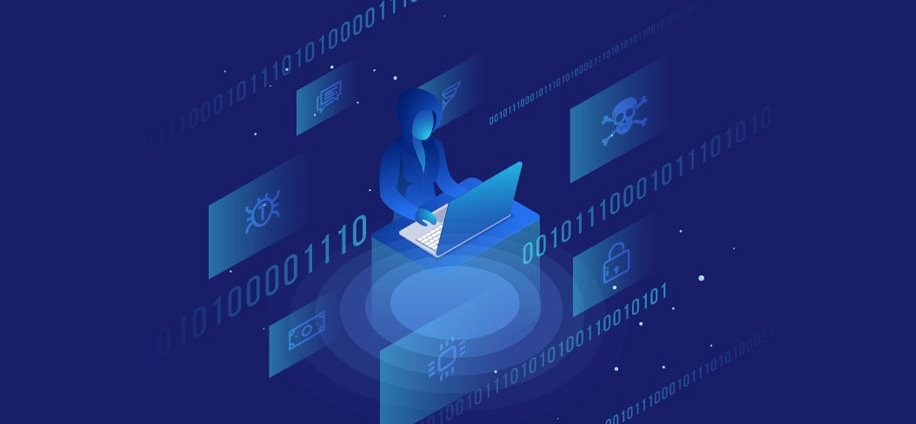
When you hear “open-source,” you probably think of Linux, GitHub, and communities collaborating for the greater good. But in the digital underworld, open-source doesn’t stop at good intentions.
There’s a parallel movement brewing on the dark web—a code war without rules, where scripts, malware, exploits, and entire platforms are open for anyone to copy, improve, and weaponize.
It’s innovation at full throttle. Just without the ethics.
Dark web developers don’t hoard code—they release it. Often for status, community respect, or to flex technical dominance. Others do it because open-source tools spread faster, scale quicker, and attract more buyers.
These tools often hit underground GitHub clones, paste sites, or forum attachments—free for download, fork, and remix.
Distribution hubs for this underground code include:
Developers post changelogs, accept feedback, and offer premium versions—just like legit devs. The difference? Their README files often contain warnings like:
“Not for use on .gov domains unless you're very sure of your OPSEC.”
Open-source malware evolves fast. One coder releases a base version. Another forks it to add:
Some versions are rebranded and sold under new names. Others remain public, used by hundreds of attackers simultaneously.
The result? A constant arms race of feature upgrades between hackers and defenders.
Hidden Tear started as an “educational” ransomware on GitHub. It was quickly adopted, repackaged, and deployed in real attacks across the globe. Forks appeared with:
This was supposed to be a warning. Instead, it became a blueprint.
Despite the criminal context, these developers share a surprisingly healthy coding culture:
In many ways, it mirrors traditional dev environments—minus the ethics, and plus the paranoia.
There’s a reason the dark web loves open-source:
It’s an economy of innovation, fueled by freedom—and firewalls.
For cybersecurity professionals, this open-source arms race is a nightmare. It means:
One leaked toolkit can power thousands of attacks.
This arms race won’t slow down. If anything, AI-assisted malware, automated obfuscation, and modular exploit kits are making it more accessible than ever.
All wrapped up in open-source wrappers. Free. Forkable. Dangerous.
Open-source doesn’t care who uses it—or how. On the surface, it builds progress. Beneath it, it powers the darkest chapters of digital warfare.
In the wrong hands, a few lines of code can collapse a business, drain a bank, or blackmail a CEO.
And on the dark web, those hands are never far away.